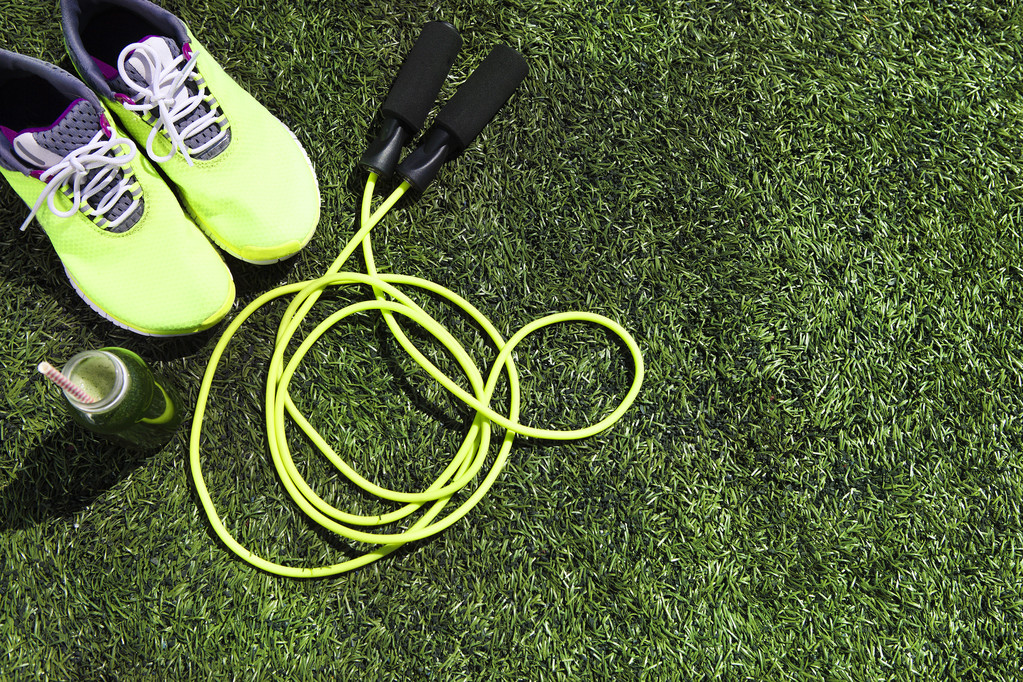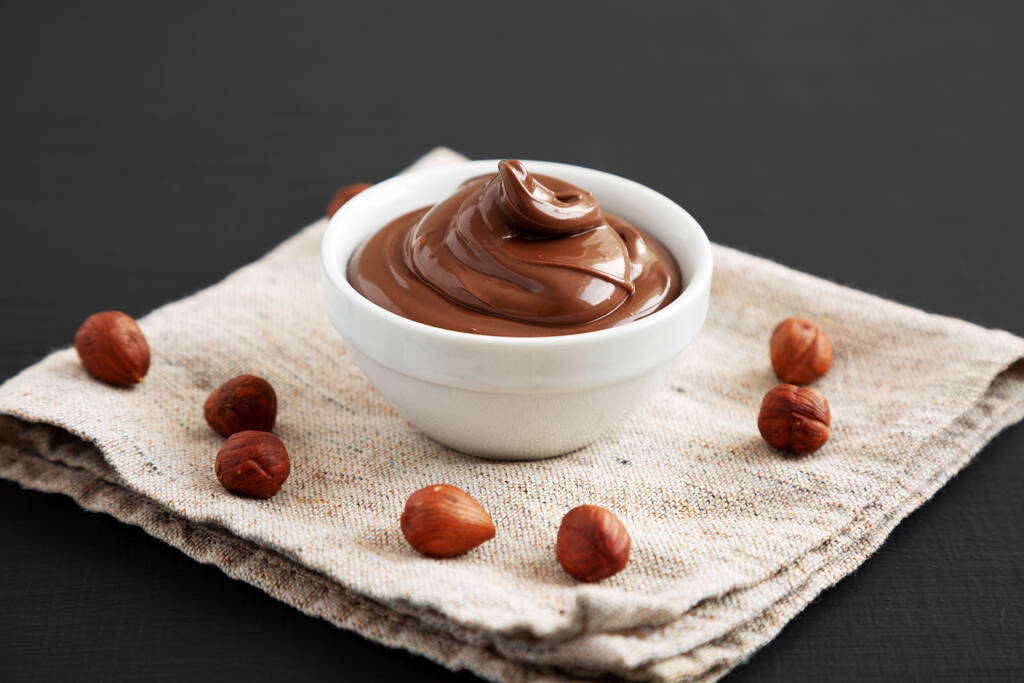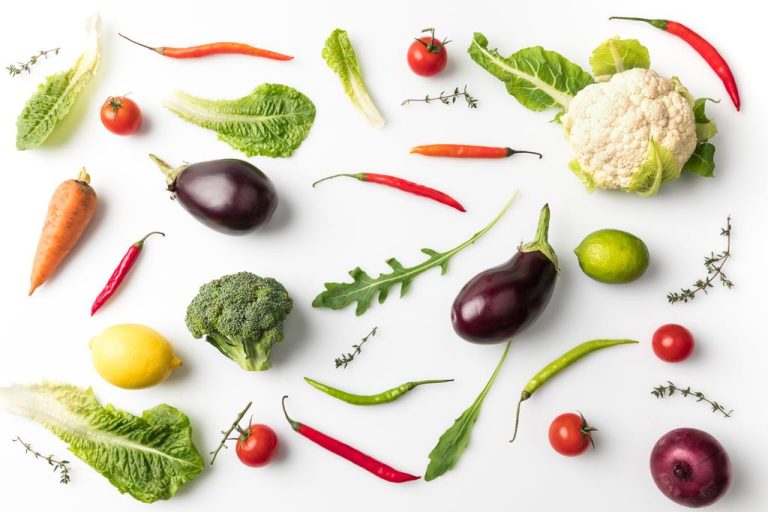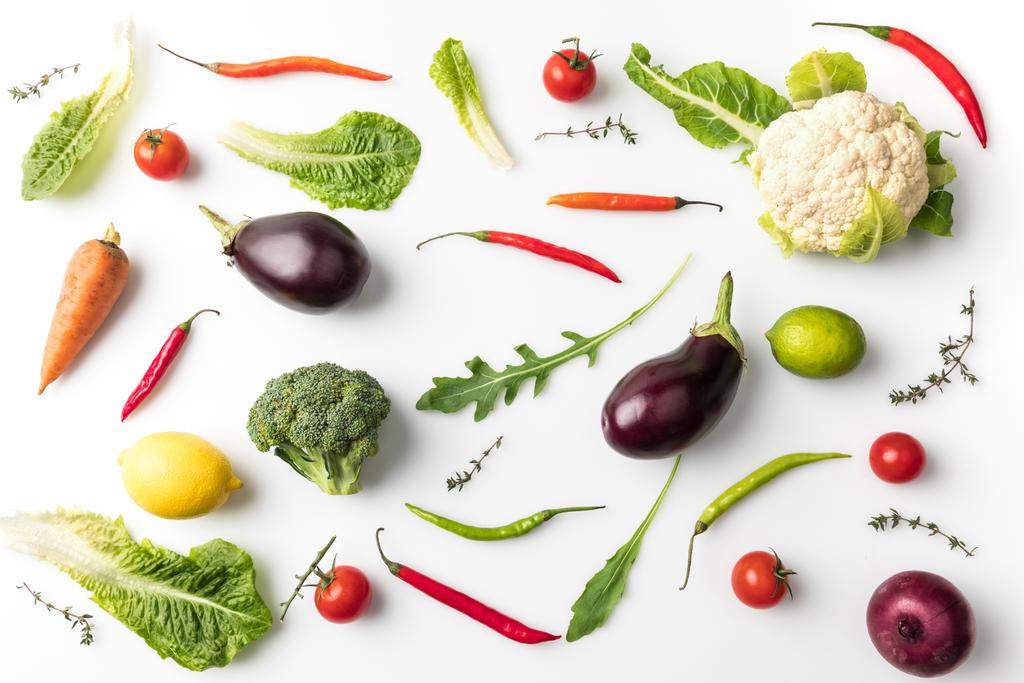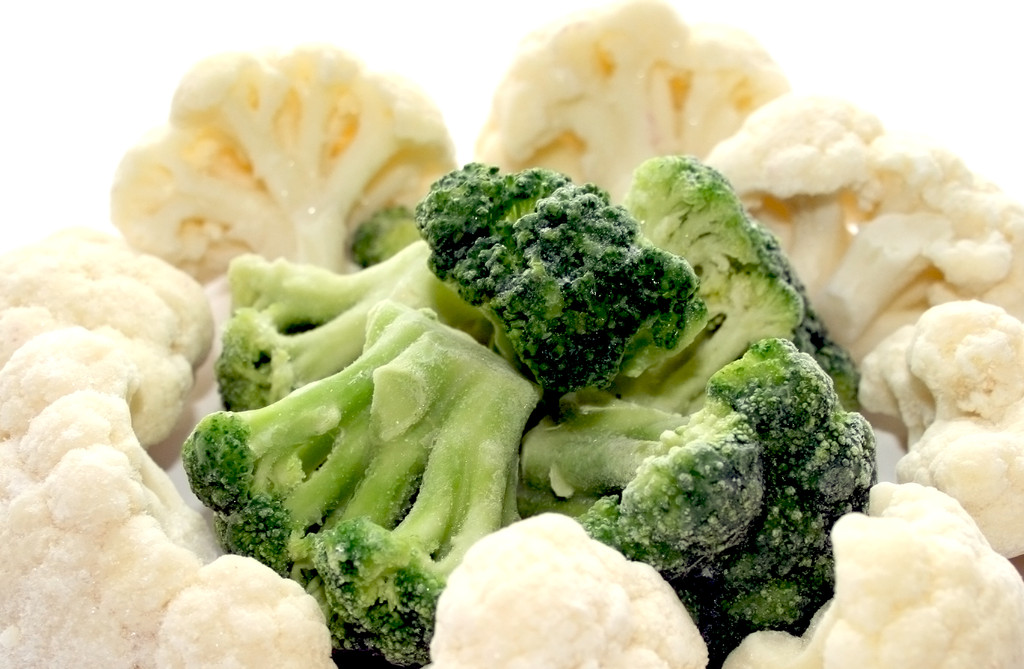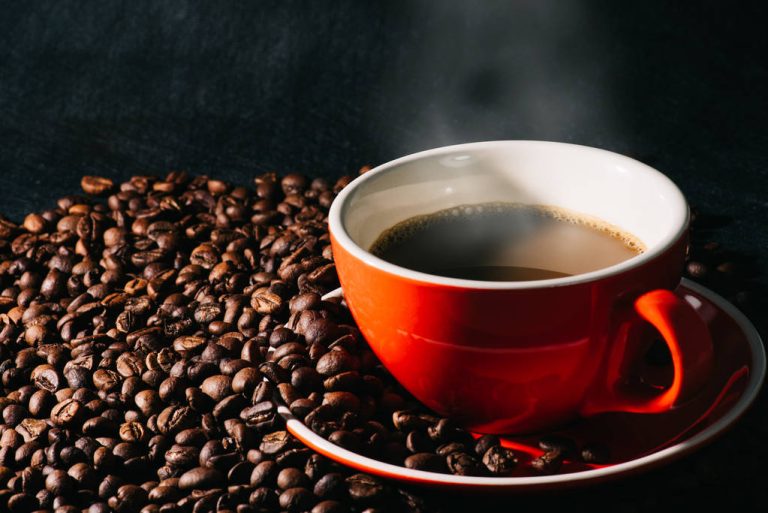This colorful pasta salad is a perfect way to use up leftovers but is also a popular party salad. Due to the many possible variations, a family favorite salad will quickly develop from it, which even beginners or children can prepare effortlessly. Due to the different ingredients, this colorful pasta salad is a beautiful sight and the fruity taste of sauce and parsley is a taste experience.
Pasta salad is always a pretty sight at a buffet, but it’s also a great way to use up leftovers. This colorful pasta salad is easy to make even for beginners and you can vary the ingredients as you like. Both fresh and canned vegetables can be used for the salad and it will keep for 2-3 days in the fridge, so it is also suitable for preparing a larger event or as a party salad. The ingredients listed make the contents of a medium-sized bowl.
Ingredients pasta salad

– 500g pasta (e.g. Fusili or Penne)
– 1 cucumber
– 1 medium carrot
– 1 can of corn
– 1 red pepper
– 1 bag of grated cheese
– 1 meat sausage or 4 wieners
– 1/2 cup tomato ketchup
– 1 cup of yogurt or sour cream (200 g)
– 1 packet of frozen parsley
– salt + pepper
Preparation of pasta salad
Boil the pasta water and add salt. Put the noodles in the boiling water and cook until al dente, drain, rinse with cold water and drain well. In the meantime, peel and dice the cucumber and carrot. Alternatively, a cucumber slicer is also suitable, with which you can grate the vegetables into fine slices. Cut the peppers and the meat sausage into cubes as well. Add all other ingredients and the parsley, and season with salt and pepper. Finally, mix in the noodles. The sauce made from tomato ketchup and yogurt or sour cream is mixed in an extra cup. If you prefer something heartier, you can also add spices such as paprika, chili, or pepper to the sauce. Pour the sauce over the salad and mix well.
Useful additional knowledge about the colorful pasta salad

All types of pasta are suitable for this party salad and the variations are endless. Depending on your taste, you can prepare it with meat or vegetarian, with or without the cheese. Peas, snow peas, mushrooms, tomatoes, and peppers of all kinds are suitable as vegetable alternatives, but hard-boiled eggs, mozzarella, or leftover meat such as pork schnitzel, turkey, or chicken can also be processed well. It is important that the pasta is not too big and the ingredients are not cut into large pieces so that the salad does not keep falling off the fork while eating.





